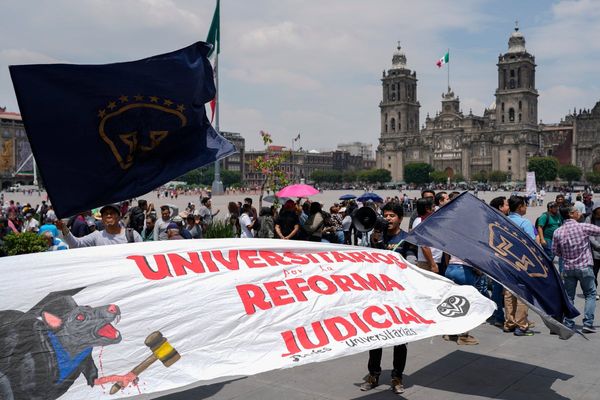Former President Trump was required to return all documents marked as classified as part of a grand jury subpoena issued in May, regardless of whether the former president believed he'd declassified the documents, the Department of Justice wrote in an Aug. 29 court filing made public Friday.
The big picture: Trump has put forth a number of reasons to justify why troves of documents, including some with "top secret" and "confidential" markings, were at his Mar-a-Lago residence.
- Trump and his team have claimed he had a "standing order" dictating that documents taken from the Oval Office to his residence were deemed declassified upon their removal, Axios' Shawna Chen writes.
- Former national security adviser John Bolton and former Attorney General Bill Barr have both thrown doubt on the claim.
- Trump and his team have made public comments alluding to the documents being declassified by Trump but have been careful to not to actually assert the claim in legal proceedings, the Washington Post reported.
What they're saying: As part of the grand jury investigation into Trump's handling of records, the grand jury issued a subpoena on May 11 requesting all documents "bearing classification markings," the court filing stated.
- As part of an "exchange of correspondence" in which Trump's team sought a deadline extension to respond to the subpoena, they asked the Justice Department to "consider a few 'principles,' including the claim that a President has absolute authority to declassify documents (although counsel did not actually assert that FPOTUS had done so)," the filing added.
- “The government notes that the subpoena sought documents ‘bearing classification markings,’ and therefore a complete response would not turn on whether or not responsive documents had been purportedly declassified,” the Justice Department claimed in the court filing.
Worth noting: Even if Trump had declassified the documents, they still would have needed to go to the National Archives, per Bloomberg.
Go deeper: Presidential Records Act and Trump search explained







